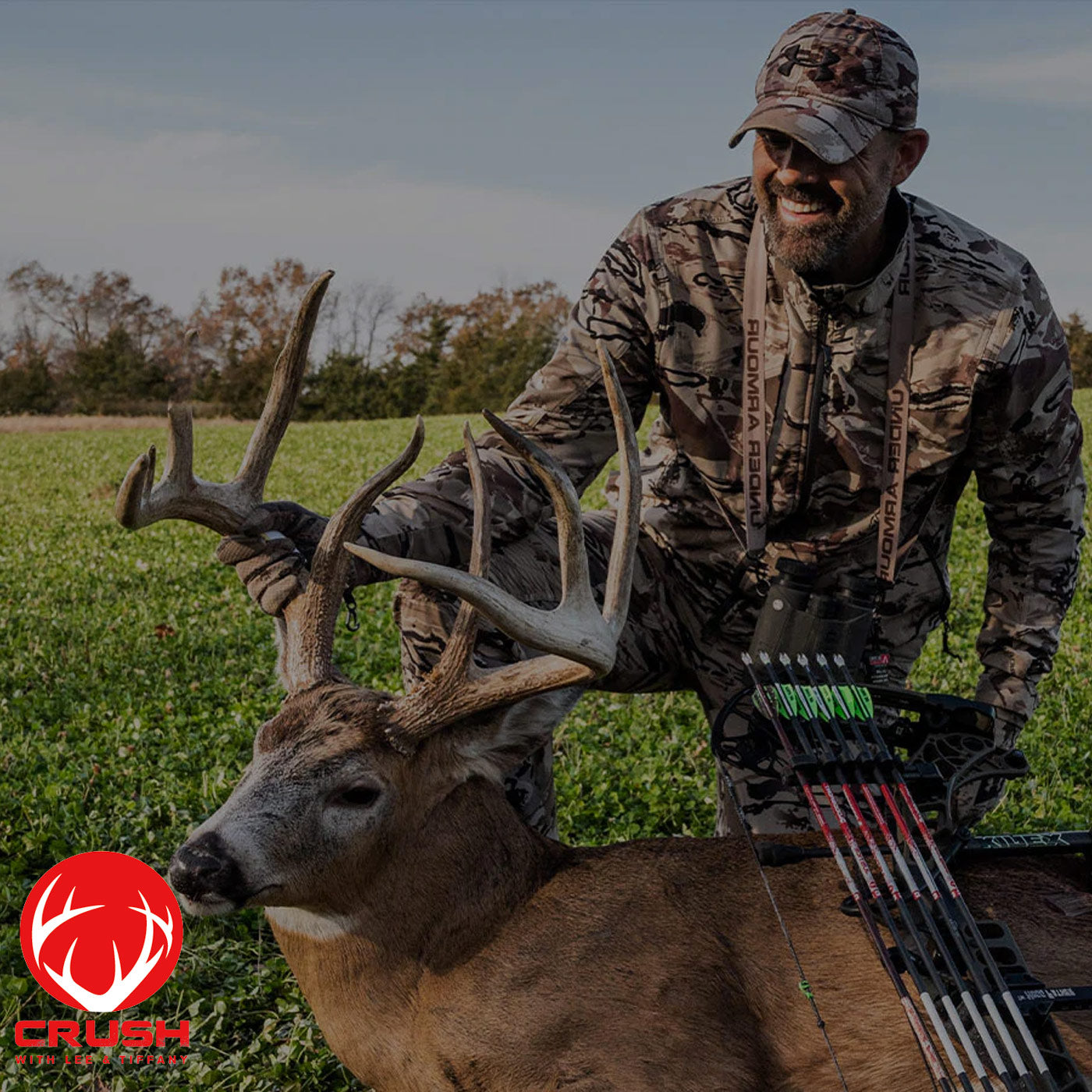Bucks reach their biggest size between the ages of 4 to 5 years. Bucks reach their physical maturity at around 4 to 5 years of age.
They become fully developed in terms of antler size and physical structure. This is when their antlers have reached their full potential in size and weight. As bucks age, their antlers grow but may not be as symmetrical as they were in their prime.
Factors such as genetics, nutrition, and habitat influence antler growth. Bucks use their antlers to attract females during mating season and to fight off competition. Male deer shed their antlers and re-grow them every year. This process starts in the early spring and takes approximately 3 to 5 months. Hunters highly value adult bucks due to their impressive size and trophies.

Credit: www.nbcnews.com
Contents
Antler Development In Bucks
Antlers are typically grown only by male deer and grow larger every year. The development of antlers occurs in stages and varies based on factors such as age, genetics, and nutrition. During the first stage, antlers grow as unbranched spikes covered in velvet.
Once the velvet is rubbed off, the antlers enter the second stage, branching out into distinctive shapes. The final stage is when the antlers are at their largest size, and they solidify into their final form.
Factors that affect antler growth include the health and age of the buck, as well as the availability of nutrients in their environment. By understanding the various stages of antler development and the factors that affect it, hunters and enthusiasts can increase their chances of spotting a mature buck with impressive antlers.
Age Of Bucks With The Biggest Antlers
Antler size tends to increase with age and maturity. Bucks between 4-7 years old generally have the largest antlers. However, antler size can vary depending on factors such as genetics, nutrition, and habitat. The difference can be significant in comparing antler size between younger and older bucks.
Younger bucks may have smaller and simpler antlers, while older bucks tend to have more complex, larger and heavier antlers. Bucks with the biggest antlers are known to attract the attention of hunters and wildlife enthusiasts alike. To ensure sustainable management of deer populations, it’s important to understand and prioritize factors which influence antler growth, such as age, genetics, and habitat quality.
Identifying Buck Age
Correct identification of a buck’s age is crucial for hunting management. Several techniques can determine a buck’s age, such as tooth wear, antler characteristics, and body size. Tooth wear becomes more evident as the buck ages, and antler growth also changes with age.
Body size and muscular development can also indicate an older buck. It is vital to understand these techniques to manage hunting practices and promote a thriving deer population effectively. By utilizing these methods, hunters can identify mature bucks, contributing to sustainable wildlife management.
Hunting Strategies For Bigger Bucks
Effective hunting strategies for bigger bucks require a clear understanding of the best age range for big-antlered deer. When targeting mature bucks, ethical hunting practices are essential. Overhunting and killing young bucks can adversely impact the population balance and thus, result in smaller bucks.
Instead, waiting until the deer are three-and-a-half to five-and-a-half years old is the best way to hunt bigger bucks. Although ethical hunting should always be prioritized, targeting these mature deer is an effective hunting strategy. By implementing these tips, hunters can increase their chances of catching deer with a larger caliber.
Frequently Asked Questions On What Age Are Bucks The Biggest?
At What Age Do Bucks Attain Their Maximum Growth?
Bucks attain their maximum growth potential at the age of 5-6 years. At this age, they reach their peak antler size and body size. However, the size can vary depending on genetics, nutrition, and environmental factors.
How Do Genetics Affect Bucks’ Maximum Size?
Genetics play a significant role in a buck’s size and antler growth. Bucks from good genetic lines will generally be bigger and have larger antlers than other bucks. However, genetics interact with other factors such as environment, nutrition, and age to determine the maximum size and antler size of a buck.
Can Nutrition Affect The Size Of Bucks?
Nutrition is one of the most critical factors that affect the size and antler growth of bucks. A well-nourished buck will grow larger and have more massive antlers than a poorly-nourished one. Bucks need a high protein diet to grow big antlers as they are made of protein.
However, factors like genetics also contribute to antler growth.
Conclusion
To sum up, age plays a significant role in determining the size of bucks. Mature bucks tend to have larger antler size and body mass than their younger counterparts. It is important to note that genetics, habitat, and nutrition also contribute to a buck’s growth potential.
Therefore, if you are looking to hunt a mature buck, targeting bucks within the 4-6 year age range is recommended. However, it is important to remember that age is not the only determining factor of a buck’s size, and hunting strategies and techniques should be adapted accordingly.
Overall, understanding the age and growth patterns of bucks can improve your chances of a successful hunt and enhance your knowledge of wildlife biology.

